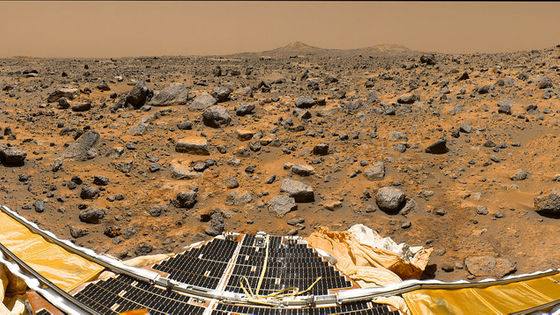What is a 'real-time operating system' that operates in the extreme state of the universe?

Some people who use a PC with Windows or macOS installed may have experienced that the icon indicating that the PC is executing an instruction does not work easily. With a normal PC at home, the user only needs to be frustrated, but with an artificial satellite in space, if processing is delayed even for a moment, it will crash onto a planet and become a fireball, or the orbit will shift and it will be beyond the universe. I will fly to the universe. Ars Technica, an IT news site, explains in an easy-to-understand manner the
Definitely not Windows 95: What operating systems keep things running in space? | Ars Technica
https://arstechnica.com/features/2020/10/the-space-operating-systems-booting-up-where-no-one-has-gone-before/
According to science and technology writer Jacek Krywko, who contributed an article to Ars Technica, artificial satellites and space probes operating in space are equipped with an RTOS that has a completely different calculation process from the OS of a normal PC. That thing.

For example, if you let the OS of a general PC perform some calculation, the OS will consider that the task was executed correctly if it can execute the calculation and process it properly, and you do not care about the time taken for the processing. .. However, the artificial satellite RTOS, which can face a time-consuming situation, has a strictly specified time setting, and if the process cannot be completed within that time, the task is regarded as a failure. This is because it is often too late in space if the process is delayed even a little, so there is no point in performing the same task forever.
The time set by the RTOS for a task is expressed as a unit divided into, for example, '3 units for uploading data from the sensor' and '4 units for starting the engine', and each task has a priority. It is attached. Through such a mechanism, software developers understand which tasks are executed in the assumed scenario and how long it will take, and create software that operates in space.
Mr. Krywko introduces three RTOSs actually used in space missions, which are used by space agencies such as NASA and the European Space Agency (ESA).
◆ 1: VxWorks

by
The VxWorks tasks on board these spacecraft are 'ready' when the task is launched, 'block' while a higher priority task is being performed, and wait for another data to arrive. It is processed in four states: 'delayed' and 'paused', which is stopped for some reason. VxWorks also has a binary semaphore for synchronizing and linking multiple tasks, and a mutex that allows tasks to use resources exclusively.
Taking advantage of these unique specifications, VxWorks has achieved various results in the Mars mission etc., but the problem of VxWorks such as 'priority is reversed' often plagued NASA's ground control team. is.
◆ 2: RTEMS
Unlike VxWorks developed by Wind River, RTEMS is an RTOS developed by an open source project. RTEMS was originally developed by the U.S. military to control missiles rather than space probes, but it works to control missiles and open source-specific problems such as unclear responsibility for obstacles. Had the drawback that it was too late.

by Marion Doss
Therefore, the US military has developed the Real-Time Executive for Missile Systems (RTEMS), a high-speed system that operates on various processor families through a government-led refurbishment. The RTEMS that was born in this way was later found to be useful in a wide range of fields other than missile control, and was released under the name of Real-Time Executive for Multiprocessor Systems (RTEMS).
ESA, which has noticed the features of RTEMS such as 'easy porting to new processors' and 'highly customizable', is using RTEMS for multiple space missions originating in Europe.
◆ 3: SpaceChain OS
SpaceChain OS is an RTOS consisting of two main components, 'Sylix OS' and ' blockchain technology'. The Sylix OS developed in China is a system that started development as a missile OS like RTEMS, and has the feature of being easy to maintain because it is highly reliable and has no waste. As for how lean the Sylix OS is, it has only one-fifth the number of lines of source code compared to the Linux kernel.

The biggest feature of SpaceChain OS is that the second component, 'blockchain technology', allows you to raise funds by crowdfunding.
Regarding this, Krywko said, 'The Sylix part of SpaceChain OS is responsible for running the spacecraft hardware like RTEMS and VxWorks, but the blockchain part is a spacecraft with multiple stakeholders. It's for sharing resources, which allows companies and individuals to invest in satellites with the SpaceChain OS, which can also enable cloud-funded launches of satellites. '
Related Posts:







